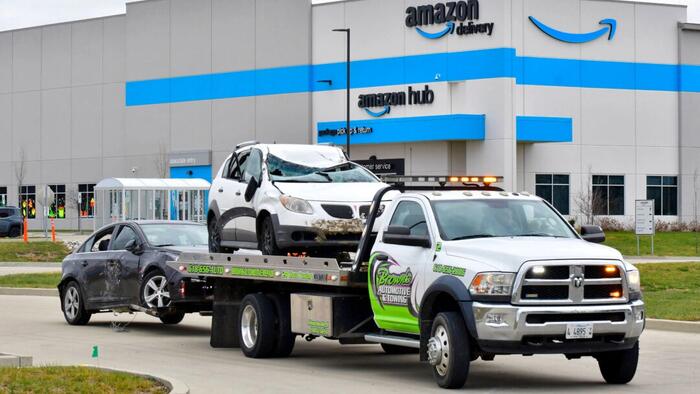California’s push for zero-emission vehicles (ZEVs) through its Advanced Clean Trucks (ACT) regulation is leading to significant challenges for the trucking and heavy-duty vehicle industry. Under these regulations, approved by the California Air Resources Board (CARB) and set to phase out traditional combustion truck sales by 2036, manufacturers are mandated to gradually increase ZEV sales while reducing the availability of gas and diesel trucks. This regulatory framework is intended to minimize tailpipe emissions and promote cleaner transportation. However, industry representatives highlight that the evolving market conditions and stringent regulations are creating a scarcity of available trucks, resulting in increased costs for consumers and businesses alike.
As the 2024 model year approaches, several dealers in California report dramatic decreases in the inventory of trucks due to ACT requirements. Anthony Bento, chief legal officer for the California New Car Dealers Association, emphasized that the overall product availability is declining, pushing costs upward. He points out that the limitations imposed by the new regulations mean that California consumers and businesses will eventually face heightened prices due to the inadequate supply of new compliant vehicles. Additionally, reports indicate that businesses are being forced to travel out of state to purchase non-compliant trucks or even contemplate shutting down operations, as the industry struggles to adapt to the new regulations.
Despite the complaints from industry stakeholders, CARB representatives maintain that the observed shortages are not solely a product of the ACT regulations. Instead, they point to a broader downturn in the national market and lingering supply chain issues from previous years. According to Steven Cliff, executive officer for CARB, the claim that these regulations are the primary cause of product shortages is not supported by available data. He also noted that many specialty vehicle upfitters, including those who manufacture tow trucks, have hit production capacity limits and cannot increase output further, contributing to the challenges in meeting demand.
Recent statistics have shown a significant drop in the availability of Class 8 heavy-duty trucks that exceed 33,000 pounds, suggesting that the unique restrictions imposed by California regulations are exacerbating existing national trends. Anthony Bento argues that if the supply of new combustion trucks does not recover, businesses will face difficult choices that could compromise the state’s environmental objectives and overall air quality. Business owners like Brian Banks, who own towing companies, are caught between their commitment to support their workers and the necessity of maintaining compliance with regulations that currently lack viable technological solutions.
The need for alternative options has led some in the industry to call for exemptions for emergency tow trucks under the ACT regulation or to postpone these rules until viable ZEV technology becomes available. Business leaders are concerned that the current regulatory environment does not accommodate the unique needs of their operations, which rely heavily on conventional trucks. As industry feelings grow more urgent, sales representatives like Ashley Porter of Tec Equipment have noted that many customers have begun relocating or restructuring their operations in response to the burdens stemming from these regulations.
As California’s ambitious zero-emission goals unfold, the trucking industry faces a critical juncture where regulatory demands are clashing with market realities and technological limitations. With increasing truck shortages and rising costs, the state’s economy could face long-term detrimental effects. Stakeholders are urging California’s regulatory bodies to consider amendments that allow for a smoother transition into zero-emission vehicle adoption while ensuring the livelihood of businesses reliant on traditional vehicles, fostering an environment where both environmental goals and economic stability can coexist.

